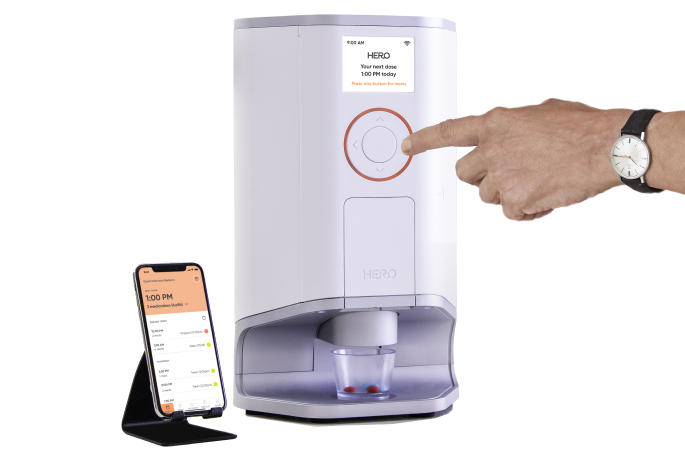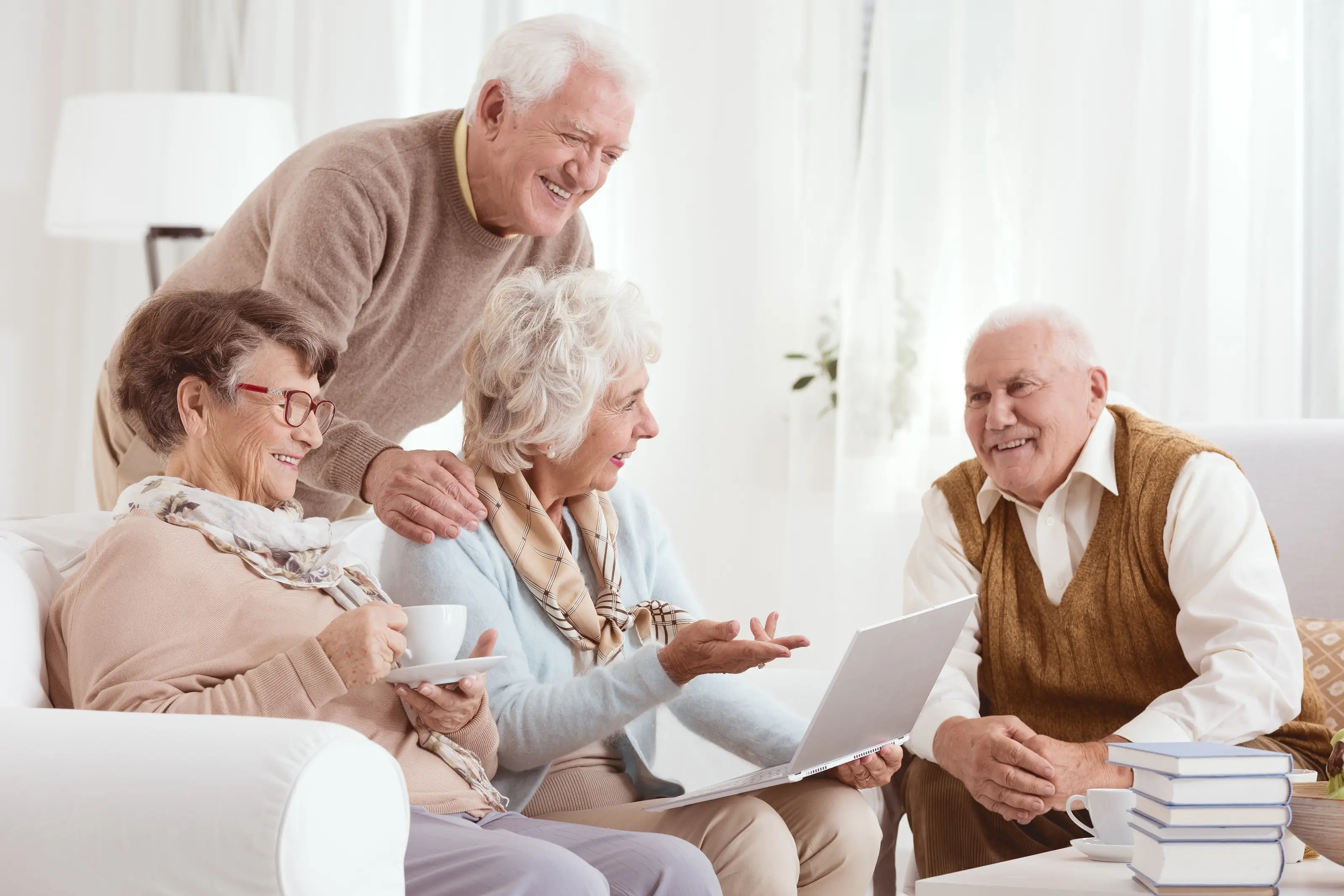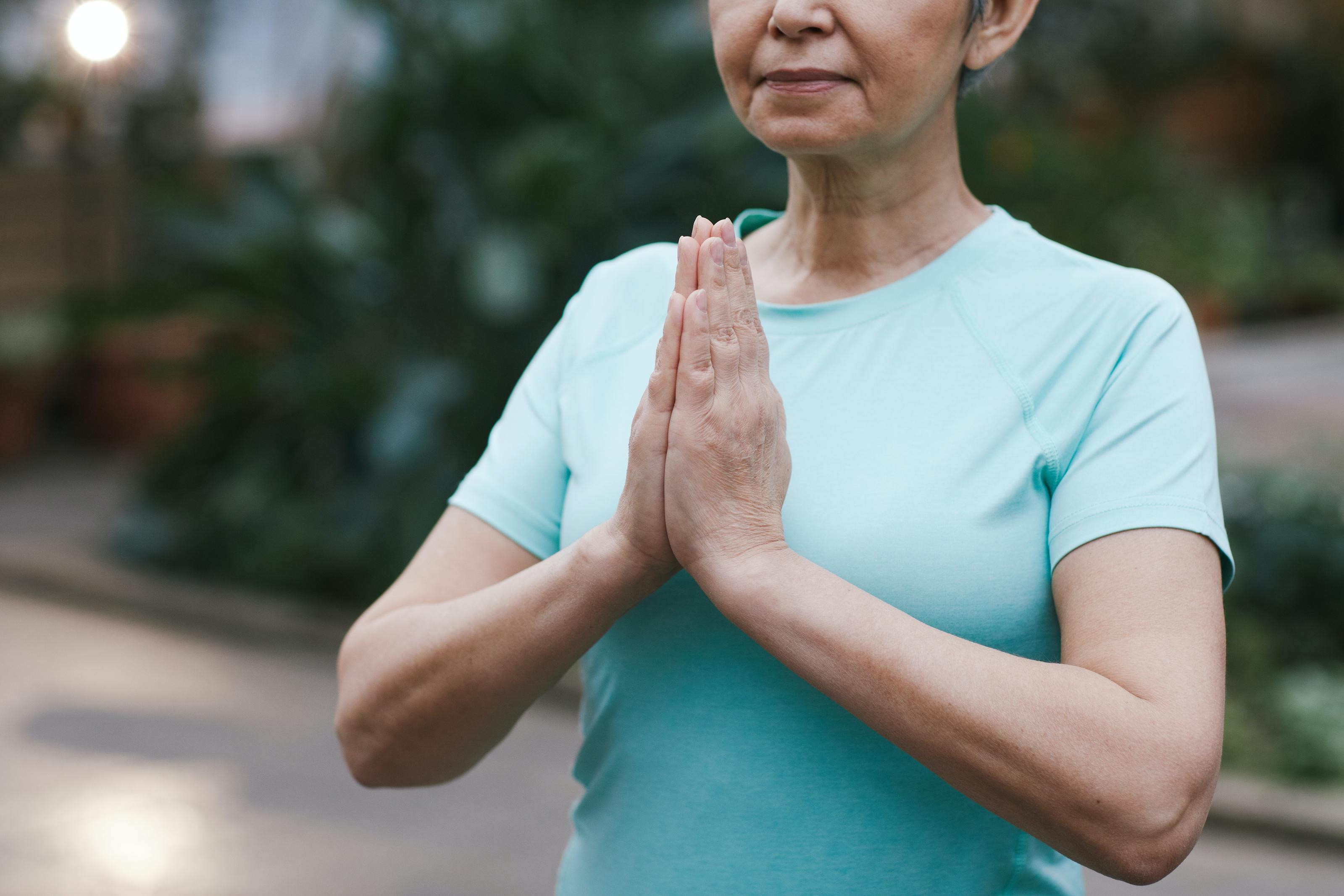Fall prevention strategies: a guide for remote caregivers

One fall can have devastating consequences for an older adult, leading to injury, hospitalization, a loss of independence, and even death. Sometimes, it’s the fear of falling again that can be most debilitating.
If you are a remote caregiver (someone who provides help but does not live in the same household as the older adult), you may already worry about your loved one’s chronic health conditions, social isolation, or memory lapses. Don’t add a fall to your list of concerns! By educating yourself about older adults’ fall risk and using available tools for fall prevention, you can significantly reduce the risk of your loved one ending up in a dire situation.
Why fall prevention techniques are essential
A first step towards ensuring your loved one’s safety is educating yourself on the prevalence of falls among older adults. Today, one out of four adults aged 65 and older falls each year, and falling once doubles your risk of falling again.1
While a fall could happen to any older adult at any time, several factors, such as chronic health conditions, put some older adults at a higher risk. These conditions include Parkinson’s disease, heart failure, diabetes, arthritis, cognitive impairments, depression, and chronic kidney disease. In addition, living with multiple chronic conditions further increases their fall risk.2
With certain health conditions come prescribed medications, some of which have side effects that can cause fatigue, dizziness, or imbalance, compounding the risk for falls. Another risk factor is drinking too much alcohol, which the body processes differently as we age.3 Because alcohol impacts a person’s judgment, coordination, and reaction time, it increases a fall risk that may already be elevated from chronic health conditions and medications.
Fall prevention interventions to use in your loved one’s home
A fall can happen anywhere, but 60% occur in the home.4 The good news is that there are lots of inexpensive tips and tricks that you can use to reduce the likelihood of a fall.
The next time you are visiting your loved one, do an assessment to determine what safety steps you can take. Here are a few things to observe:
- Is the living area cluttered? Your loved one may need assistance with the cleaning or other household tasks.
- Are areas including hallways, bathrooms and staircases well lit? Adding additional lamps or night lights are an easy fix.
- Are grab bars needed near the tub and toilet? Hire a handyman to install if necessary.
- Does the tub or shower have rubber mats or no-slip decals? A shower chair with no-slip feet? Adjustments in this high-risk area are essential.
- Does the home have loose rugs or carpeting? They may need to be removed, repaired, or adhered firmly to the floor.
How technology helps prevent serious outcomes
Investing in technology may not prevent your loved one from falling, but it can help ensure that fast, competent assistance is provided if a fall does occur. One thing we all want to avoid is a long “lie time,” or time that an older adult lies waiting for help after falling. One study found that older adults who have a lie time of 72 hours or longer have a 67% increased mortality compared to those who lie in wait less than an hour.5 The same study found that those with a long lie time were less likely to continue aging in place.
Fortunately, many medical alert providers now offer fall detection and help prevent long lie times. Their devices use sensors to detect a fall and then automatically send an alert to an emergency monitoring center. If the medical alert user has been rendered unconscious or confused from the fall or cannot communicate, a monitoring center agent can even identify their location using GPS and send help.
Additional smart sensors and apps enable caregivers to monitor medication, activity, home temperature, air quality, and more. By checking for a first motion of the day or detecting a change in daily living patterns, a caregiver can identify a loved one who needs help due to a fall or other emergency. These monitors can be used in conjunction with a medical alert system, a home security system, or on their own.
Preventing falls: who to call on for help
Whether you live across town or across the country, you may need to reach out to others for help to ensure your loved one’s safety. If your loved one is frail and struggles with activities of daily living, a home health aide may be needed. While this care does not come cheaply, it may provide your loved one with the assistance they need to prepare meals, bathe, or dress, reducing the likelihood of an accident in the home.
Other older adults might need help maintaining their home. Hiring someone to help with yard work, shoveling, or cleaning may allow them to age in place longer while reducing the risk of falls.
Yet another resource to draw on is community assistance. Some cities and counties, as well as local nonprofit organizations, offer fall prevention programs for older adults, elder care check–in calls, ride programs, and more.
Falls may be prevalent among older adults, but they are not inevitable. A healthy dose of prevention will provide protection to your loved one and peace of mind for you.
About the author
Jenny Wisniewski is a professional writer specializing in elder care. She has researched and written dozens of articles, whitepapers, and blog posts for elder care consultants, medical alert system providers, and print and media publications.
Sources
- Facts About Falls. (2022, April 5). Retrieved from https://www.cdc.gov/falls/facts.html
- Immonen, M, Haapea, M, Simila, H, et al. (2020). Association Between Chronic Diseases and Falls Among a Sample of Older People in Finland. BMC Geriatrics, 20(225). https://doi.org/10.1186/s12877-020-01621-9
- Facts About Aging and Alcohol. (2017). Retrieved from https://www.nia.nih.gov/health/facts-about-aging-and-alcohol
- Fall-Proofing Your Home. (2017, May 15). Retrieved from https://www.nia.nih.gov/health/fall-proofing-your-home
- Gurley, R. J., Lum, N., Sande, M., et al. (1986, June 27). Persons Found in Their Homes Helpless or Dead. The New England Journal of Medicine, 334(26), 1710-1716. https://www.nejm.org/doi/pdf/10.1056/NEJM199606273342606
Complex med schedule? We solved it.
Hero’s smart dispenser reminds you to take your meds and dispenses the right dose, at the right time.

The contents of the above article are for informational and educational purposes only. The article is not intended to be a substitute for professional medical advice, diagnosis, or treatment. Always seek the advice of your physician or other qualified clinician with any questions you may have regarding a medical condition or its treatment and do not disregard professional medical advice or delay seeking it because of information published by us. Hero is indicated for medication dispensing for general use and not for patients with any specific disease or condition. Any reference to specific conditions are for informational purposes only and are not indications for use of the device.



